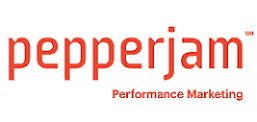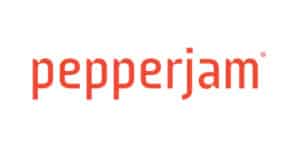It’s no secret that an efficient daily routine leads to a productive day, but the habits of an effective search marketer are not as obvious. We have caught up with Laine Solomon, associate, paid search at Pepperjam, who will walk us through her daily routine and offer advice on how to work more effectively.
Let’s start with your morning. What’s the first thing you do when you get in?

Then I look up the impression share lost to budget to make sure that I’m capturing as much demand as possible against the specific KPIs. There’s nothing worse than missing out on an opportunity to be more efficient!
I also take a quick look at the competition among other brands in my auction. Once I know my performance, I look to optimise by making bid changes to match types, targeting and device.
What specifically should search marketers be checking day in and day out?
LS: I always make sure that cost per click (CPC) remains low. I’ll usually compare its performance to the same period last year and adjust accordingly. Another thing you should always be checking is the copy. Do some quality assurance and make sure it accurately reflects the promotions on the landing pages.
It’s good to check in on your ad extension performance, too. No ad space should be wasted. Try using multiple types of extensions to take advantage of additional retail space to share your brand’s message.
Cost per click, click-through rate and ad extensions are the three areas that I’m always checking on a daily basis.
Besides your check-ins, are there any other ways you can stay ahead? What’s the best way to look for new opportunities?
LS: I think as a search marketer you’re always looking for new ways to optimise.
A great way to look for new keyword opportunities is to run search query reports. It’ll help you pick up on both positive and negative trends within the account. Be sure to add in negative keywords that can hurt performance, too.
Anything else search marketers should be doing throughout the week?
LS: Just be sure to keep campaigns and ad groups following the same taxonomy as the site and continue to add as new products or trends pop up.
Also, know and track what’s important. Whether your brand measures performance based on return on ad spend, cost per conversion or a custom metric, this metric is the most important to measure performance at a granular level in order to be successful.
What do you think is the biggest trend in search to look out for this year?
LS: There will be an increased need for SEM and SEO teams to work together this year due to the overall rising costs in search advertising. This collaboration should result in synergistic SEO and paid search strategies, and it can translate to overall benefits to the channel as a whole. For example, SEO teams can prioritise their optimisations on the highest-cost keywords in SEM to alleviate CPC and overall SEM cost. SEM teams can bid on high-value keywords that rank poorly in organic search to help drive an influx in qualified traffic.
The need to move towards a more holistic approach in search has never been greater. This approach can – and should – provide brands with the sustainable search strategies they need to achieve their long-term goals.


